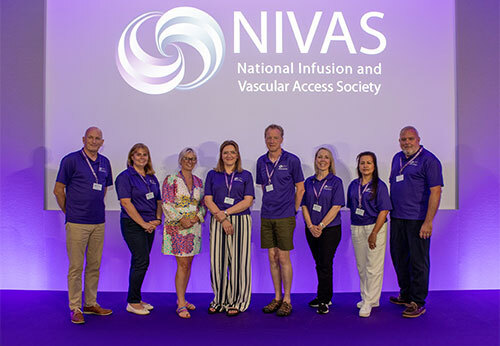Review of aseptic techniques used to administer parenteral nutrition
"septic technique during the administration of parenteral nutrition/home parenteral nutrition (PN/HPN) errs towards poorly described traditional aseptic/sterile approaches. This study aimed to identify procedures and the evidence underpinning practice in intestinal failure centres" Fletcher et al (2025).









